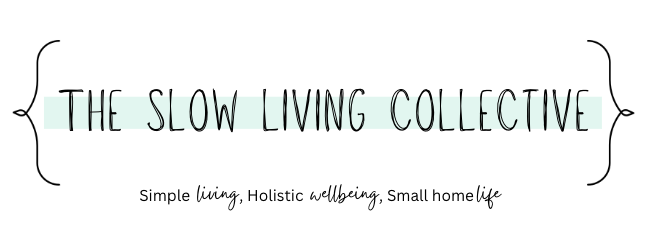Welcome back to another Mindful Monday—or let’s just pretend it’s still Monday and not Tuesday! Today, we’re diving into the intricate balance between stress and mindfulness. It’s a topic that is especially close to my heart, given the myriad stressors I’ve faced this summer—from conflicts to personal challenges. Stress and mindfulness are not mutually exclusive; in fact, they can complement each other in fostering wellbeing. So, let’s get into it!
What is Stress?
First things first: What is stress? It’s a natural response your body has to challenging situations, preparing you to either “fight” or “flee.” This response can save you in critical situations but can wreak havoc when it becomes chronic. There are different types of stress—acute, chronic, and eustress, each with its own set of impacts on your health. Drop a comment and let us know what stresses you out the most!
What is Mindfulness?
Mindfulness offers a reprieve from stress by cultivating awareness of the present moment. It provides you with tools to manage your emotional and mental states effectively. Here’s how:
- Awareness: Become aware of your thoughts and feelings.
- Response over Reaction: Choose thoughtful responses over impulsive reactions.
- Physiological Benefits: Lower heart rate and reduce blood pressure.
- Emotional Regulation: Manage emotional stress effectively.
- Cognitive Reappraisal: Reframe your perception of stressful situations.
- Increased Resilience: Build long-term skills to manage stress.

Photo by Shashi Chaturvedula on Unsplash
Connecting Stress & Mindfulness
The relationship between stress and mindfulness is a delicate dance. While stress pushes you toward imbalance, mindfulness pulls you back to equilibrium. They interact in ways that allow you to counterbalance the negative impacts of stress.
- Counteracting Mechanisms: Mindfulness triggers the body’s “relaxation response.”
- Awareness vs. Autopilot: Mindfulness ends the reign of automatic, stress-inducing reactions.
- Focus on the Present: Anchor yourself in the present moment.
- Emotional Resilience: Build resilience against emotional stressors.
- Acceptance vs. Resistance: Learn to accept rather than resist.
- Holistic Well-being: Reap both psychological and physiological benefits.
Practical Tips & Techniques
Let’s look at some actionable steps you can take:
- Deep Breathing: Use the 4-7-8 method for controlled breathing.
- Body Scan: Relax tension from your muscles.
- Mindful Eating: Savor every bite of your food.
- Mindful Walking: Make each step count.
- 5-4-3-2-1 Grounding Technique: Ground yourself in the present.
- Break Tasks Into Steps: Manage overwhelming tasks.
- Talk It Out: Sometimes venting is therapeutic.
Seasonal Tips for Autumn
Autumn provides unique opportunities for mindfulness:
- Leaf Peeping Walks: Observe the changing colors of the leaves.
- Embrace Change: See life’s seasons reflected in nature.
- Harvest Gratitude: Be grateful for the year’s bounty.
- Cozy Meditation: Create a warm indoor meditation space.
- Warm Drinks and Mindfulness: Savor a cup of warm herbal tea.
- Crafting and Mindfulness: Engage in autumnal crafts.
- Comfort Food Mindfulness: Savor hearty autumnal meals.
- Layer Up for Stress Relief: Use clothing layers as grounding reminders.
- Mindful Decluttering: Embrace the seasonal change as a time to declutter.
- Autumn Journaling: Reflect and write down your thoughts.
2-Minute Mindfulness Session for Balancing Stress
Introduction (10 seconds):
Take a moment to find a comfortable seated position. Place your feet flat on the ground and rest your hands on your lap. Close your eyes if you’re comfortable doing so.
Deep Breathing (40 seconds):
Begin by taking a deep inhale through your nose for a count of four. Hold that breath for a count of seven. Slowly exhale through your mouth for a count of eight. Repeat this cycle two more times.
Body Scan (30 seconds):
As you continue to breathe normally, mentally scan your body from your toes to the crown of your head. Take note of any tension or discomfort. On each exhale, imagine releasing that tension, letting it flow out of you.
Grounding Technique (20 seconds):
Gently open your eyes and identify 5 things you can see around you. Take a breath and consider how each of these objects impacts your senses.
Closing (20 seconds):
Place your hands over your heart and take one deep breath in and out. Open your eyes, carry this sense of presence with you, and gently return to your day.
–
Whenever you find yourself feeling stressed or overwhelmed, you can return to this simple practice to find a moment of balance.
Thanks for joining this illuminating session! Share your mindfulness journey throughout the week by tagging me on Instagram.
